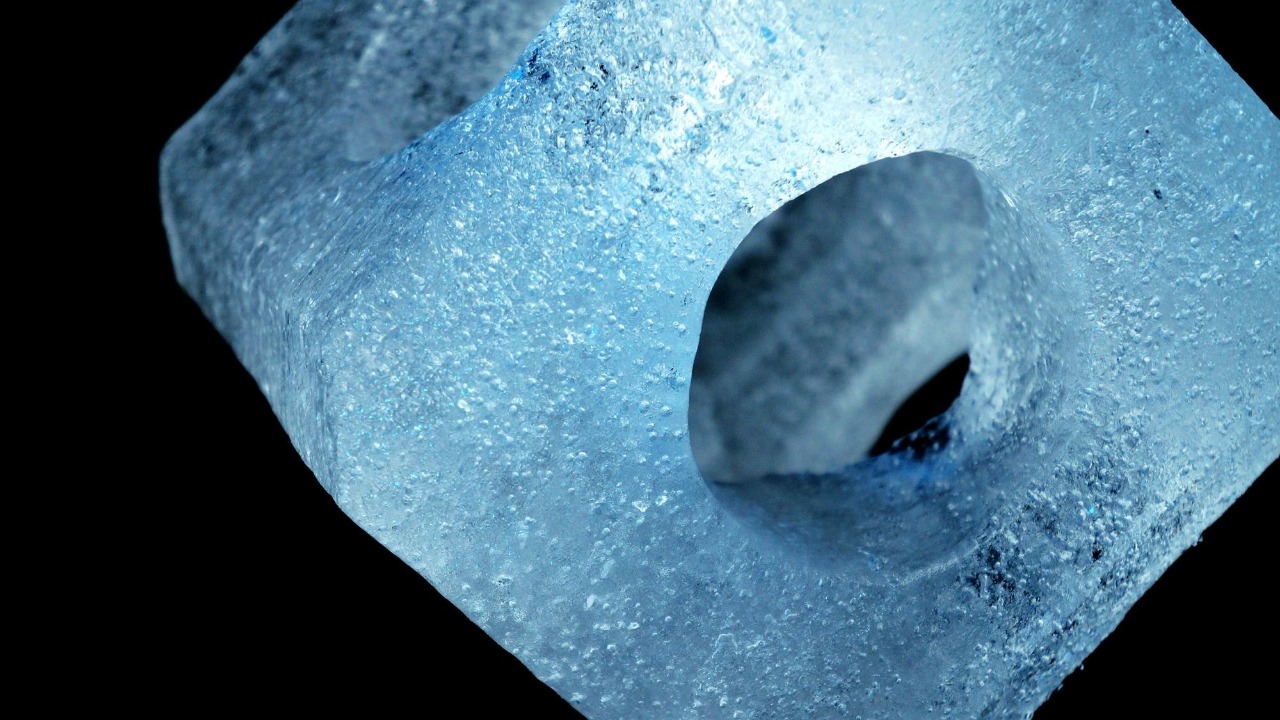
Scientists at the world’s largest X-ray laser facility have made a groundbreaking discovery, unveiling a new form of ice that remains solid at room temperature. This revelation not only marks a significant leap in materials science but also builds on earlier findings where a new form of ice was identified that could freeze at room temperature. These advancements underscore the pivotal role of advanced laser technology in unveiling molecular structures that were previously inaccessible.
The Role of the World’s Biggest X-ray Laser
The X-ray laser used in this experiment is no ordinary instrument. Its unique capabilities allow it to probe atomic structures at unprecedented speeds and resolutions, revealing the new form of ice. The laser’s high-intensity pulses were instrumental in simulating and observing the conditions that led to the formation of ice at room temperature, as reported.
The facility housing this laser is the largest of its kind globally, providing the necessary power for this breakthrough. Its scale and location play a crucial role in enabling such pioneering research, further emphasizing the significance of advanced technology in scientific discoveries.
Characteristics of the Newly Discovered Ice
This newly discovered ice exhibits a unique molecular arrangement that enables it to remain solid at room temperature, distinguishing it from traditional ice forms. Its freezing behavior at ambient conditions was first noted in a report from earlier this month, which also highlighted its density and stability metrics.
Compared to known ice types, this new form exhibits distinct properties, particularly in how it forms under pressure or temperature extremes simulated in the lab. These unique characteristics offer a fascinating glimpse into the diverse forms that water can take under varying conditions.
Experimental Methods Behind the Discovery
The discovery process involved subjecting water samples to laser-induced conditions and employing real-time imaging techniques to observe the results. An interdisciplinary team of physicists and chemists analyzed the data, confirming the never-before-seen structure as reported.
One of the challenges faced during the experiment was maintaining sample integrity during high-energy exposure. The team conducted iterative testing to ensure the accuracy of their findings, demonstrating the meticulous nature of scientific research.
Scientific Significance and Broader Context
This discovery of a new ice type challenges existing models of water’s phase diagram and could potentially explain anomalies in natural environments like deep oceans. The room-temperature stability of this ice, as observed in the report, has implications for fields beyond physics, including biology and planetary science.
Historically, the discovery of new ice variants has been a milestone in cryogenic research. This latest finding continues that tradition, further expanding our understanding of the diverse forms that water can take.
Potential Applications and Future Research
The practical applications of this discovery are vast. In cryogenics or materials engineering, for instance, solid ice at room temperature could enable new storage or cooling technologies. Future research will build on these findings, with planned follow-up experiments using the same X-ray laser to test scalability, as detailed in the report.
There is also potential for collaborations with other facilities to replicate the results, emphasizing the importance of ethical considerations in high-energy research. These future endeavors will undoubtedly continue to push the boundaries of our understanding of water and its phases.
Expert Reactions and Ongoing Debates
Initial responses from materials scientists on the discovery’s validity and novelty have been largely positive. However, debates regarding the ice’s stability outside lab conditions have emerged, linked to the new form identified in the report.
There have also been calls for peer-reviewed publications to solidify the findings within the scientific community. As with any groundbreaking discovery, the process of validation and acceptance will take time, but the potential implications of this research are undeniably exciting.
More from MorningOverview